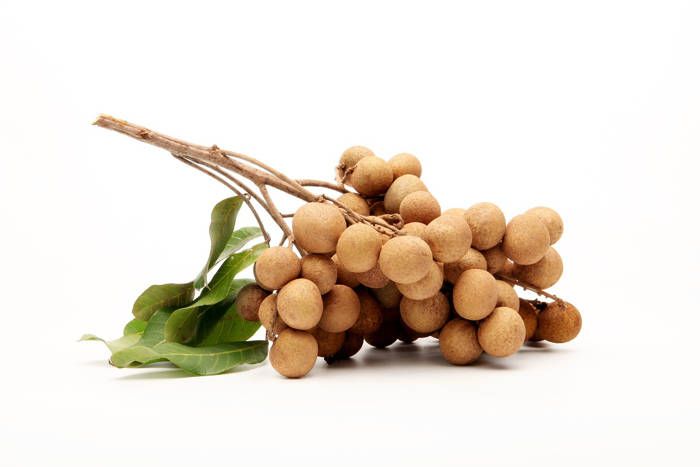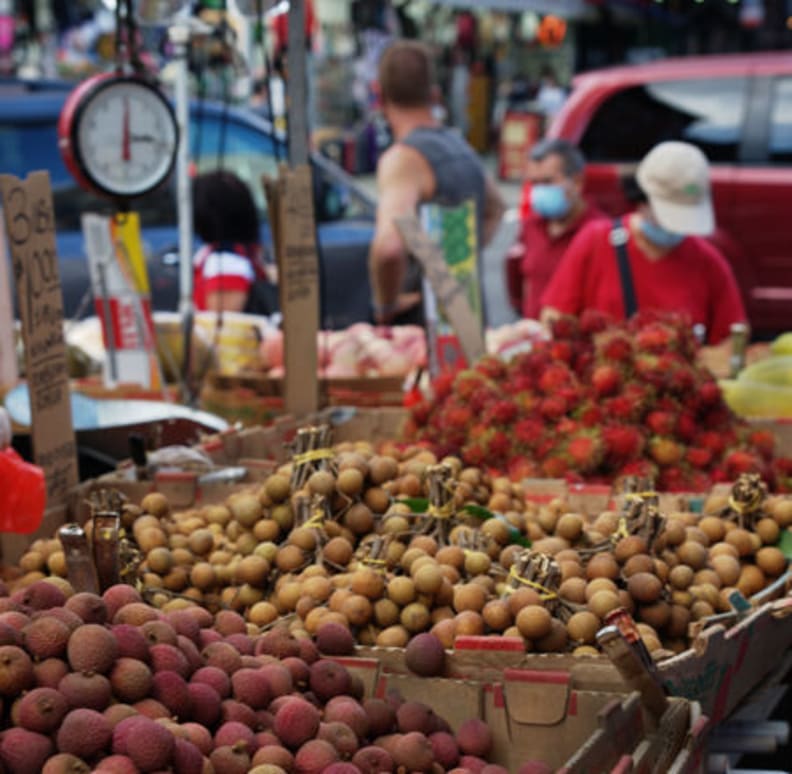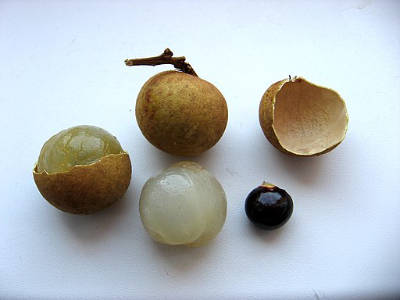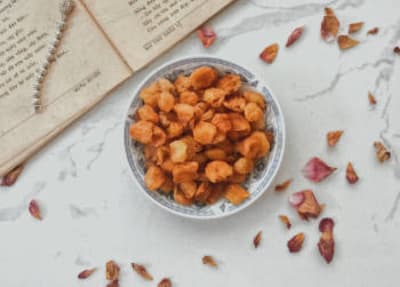What is Longan Fruit?

The longan fruit is native to the southern portion of China and Burma. In China, its name translates to dragon’s eye. The longan fruit’s interior is translucent, with a dark seed in the center (looks like a pupil of an eye). Subtropical longan trees produce their fruit in clusters, similar to grapes. One fruit is about 2.5 centimeters in diameter, typically sold in a bundle still on its stems.

The longan resembles the more popular lychee with it’s pale interior but longans’ exterior are light brown versus lychee’s reddish hue. The flavor and texture is similar to lychee, but longans are less sweet and more mild.The fruit is peeled using your fingernails. Starting by puncturing a slit in the fruit, you can start peeling like you would an orange. The pulp easily detaches from the seed, making it easy to pop the whole fruit in your mouth, just be sure to spit out the seed. Longans can be found at asian markets and fruit vendors during Summer, with its fruit harvest season from mid-July to early September, peaking in August. They are also sold canned if you’re unable to find them fresh in your area.


Eat longans for Vitamin C! Other than Vitamin C, longans do not provide much else nutrition. They are high in sugar so those sensitive to sugar should limit their intake since with its low fiber content, the sugar will affect the body relatively quickly. The most common way to eat longans is to eat them fresh however, they can also be eaten dried, in soups, and desserts.
Longans are a great snack to bring on the go since they are individually “wrapped”. My only suggestion is to have a wet wipe on hand to clean up after all the juicy goodness!
